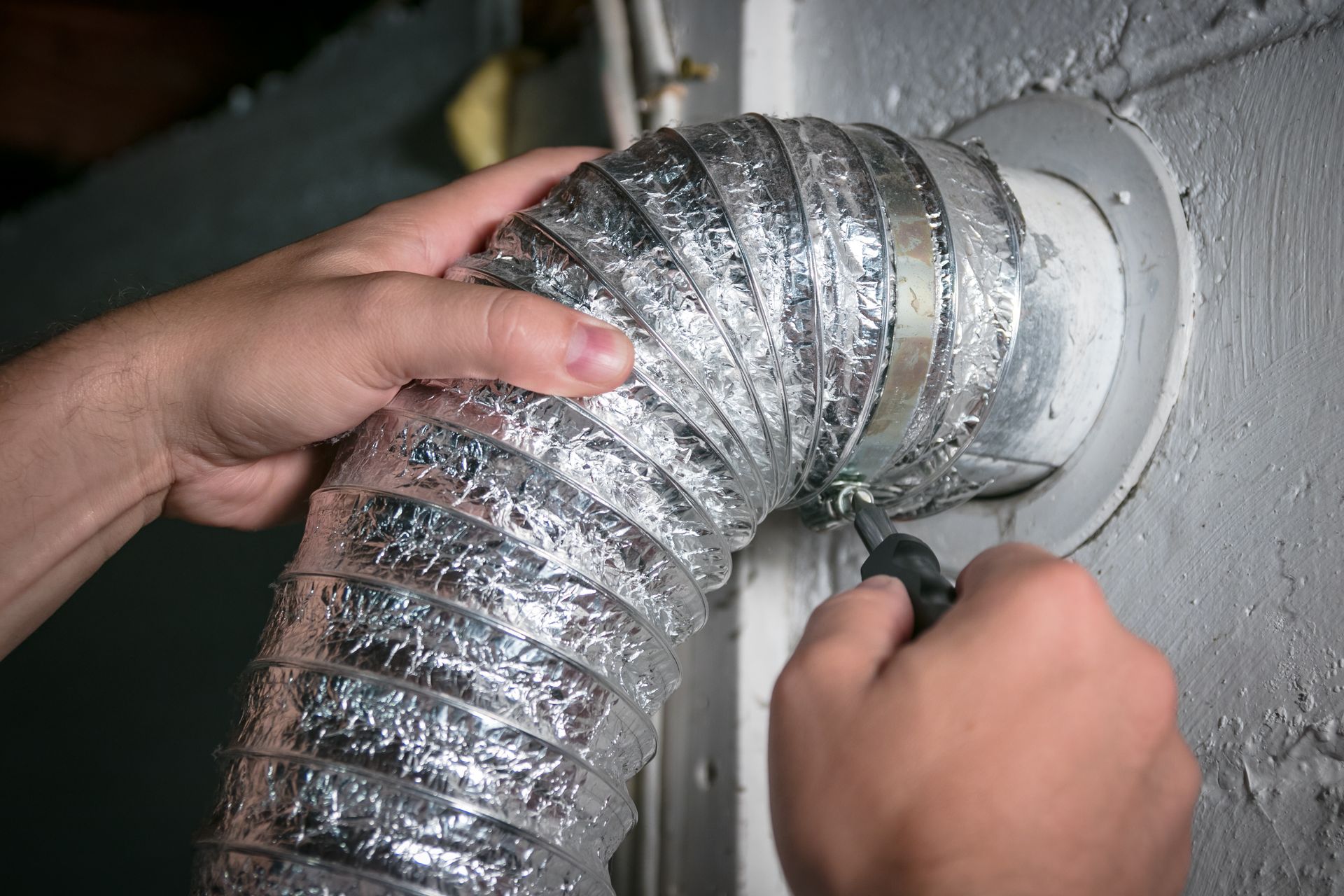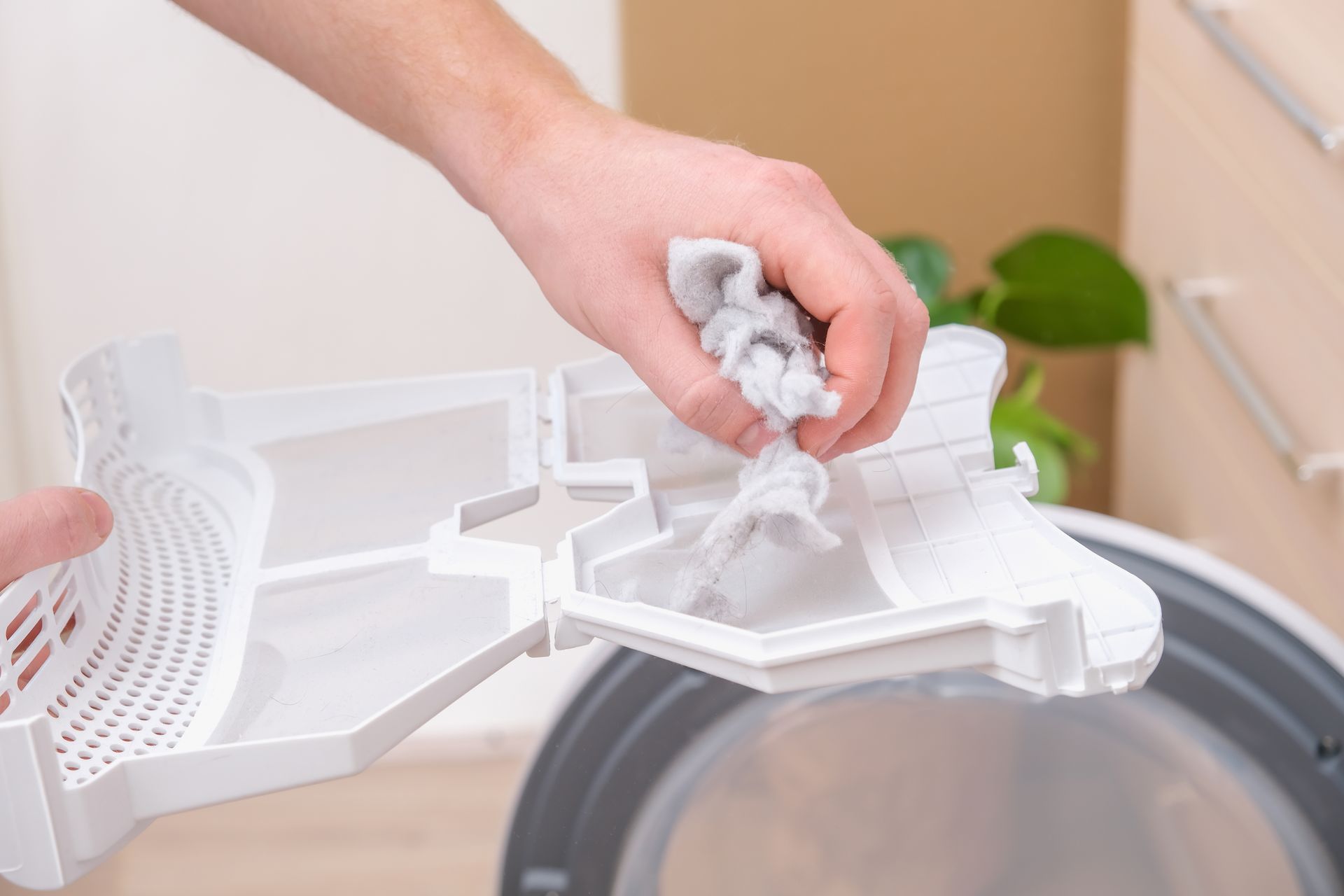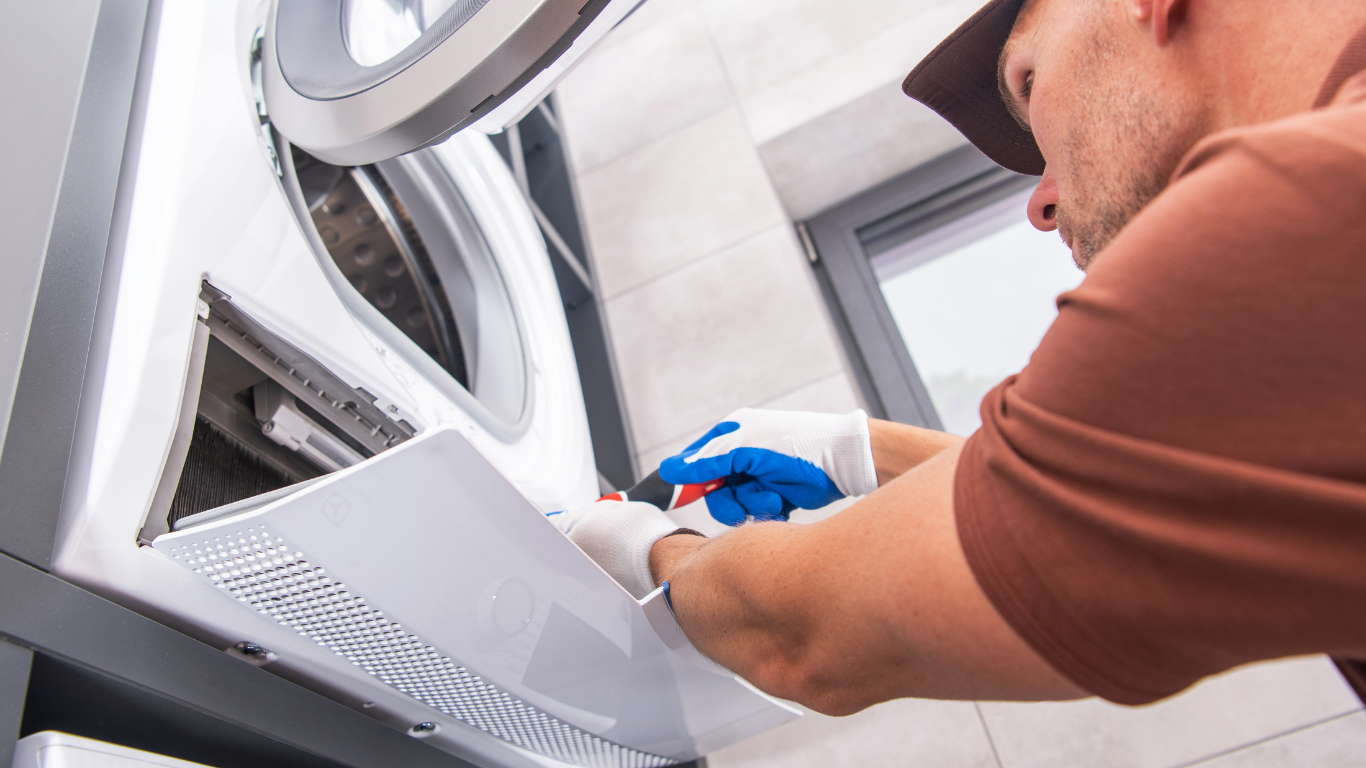Dryer Vent Rerouting: When, Why, and How It Improves Efficiency
Dryer Vent Rerouting: When, Why, and How It Improves Efficiency

Most homeowners don’t think about their dryer vent system—until something goes wrong. While regular cleaning helps keep things safe and efficient, there are times when the entire dryer vent route needs to be updated or changed. This process is called dryer vent rerouting, and it can dramatically improve safety, performance, and energy efficiency.
If your current vent setup is outdated, improperly installed, or no longer meets code, rerouting may be the best long-term solution. Here’s what you need to know.
What Is Dryer Vent Rerouting?
Dryer vent rerouting involves changing the path that your dryer’s exhaust takes from the appliance to the outside of your home or building. It may include:
- Shortening the vent line
- Replacing damaged or inefficient ductwork
- Moving the exterior exit point to a safer or more accessible location
- Installing rigid or semi-rigid ducts instead of flexible or foil options
The goal is to create a shorter, straighter, and more efficient airflow path, reducing the chance of lint buildup, fire hazards, and energy waste.
When Should You Consider Rerouting Your Dryer Vent?
There are several situations where dryer vent rerouting is highly recommended or even required:
1. The Existing Vent Run Is Too Long
Long dryer vent runs create more opportunities for lint buildup, airflow restriction, and moisture backup. If your vent path has multiple bends, elbows, or covers a long distance, rerouting can shorten the run and improve performance.
2. Frequent Clogs or Overheating
If you’re dealing with repeated blockages, slow drying, or overheating dryers—even after professional cleanings—it could be a sign that the existing vent design is flawed. Rerouting helps address the root cause rather than the symptoms.
3. Remodeling or Relocating Laundry Rooms
During renovations, especially when moving laundry appliances to a new space, the vent route often needs to be reconfigured to ensure proper airflow and code compliance.
4. Vent Exits Through the Roof or Unsafe Location
Vents that exit through the roof or into enclosed spaces like attics or crawlspaces are less safe and harder to maintain. Side-wall exits are generally preferred. Rerouting allows the vent to terminate in a safer, more accessible spot.
5. Vent Materials Are Outdated or Damaged
Older venting systems often use plastic or foil ducts, which can sag, tear, or trap lint. These materials are no longer considered safe. Upgrading to rigid metal venting as part of a rerouting project improves both safety and code compliance.
Benefits of Dryer Vent Rerouting
Rerouting may seem like a major project, but the benefits are worth it—especially if your current setup is inefficient or unsafe.
- Improved Dryer Efficiency: Shorter, straighter vents allow air to move more freely, reducing dry times.
- Lower Utility Costs: With better airflow, your dryer uses less energy to do the same job.
- Reduced Risk of Fire: Fewer turns and blockages mean less lint buildup and lower fire risk.
- Extended Appliance Life: Your dryer won’t have to work as hard, leading to less wear on components.
- Easier Maintenance: A simplified route is easier to inspect, clean, and maintain over time.
Professional Rerouting Services in the Bay Area
At The Vent Cleaner, we offer expert dryer vent rerouting for homes and commercial properties across the Bay Area. Whether you are remodeling, experiencing frequent dryer issues, or just want to improve safety, our team can assess your current setup and design a better solution.
We serve customers in San Jose, Mountain View, Walnut Creek, Fremont, Oakland, and surrounding communities with:
- Professional vent layout and rerouting
- Code-compliant ductwork installation
- Roof-to-wall conversion
- Rigid vent installation
- Complete system cleanouts and testing
All rerouting work is done with safety, airflow, and long-term durability in mind.
Frequently Asked Questions
Do I need a permit to reroute my dryer vent?
In many cases, yes—especially if the vent termination point is being moved or if work involves cutting into walls or siding. We can advise you on local code requirements for your area in the Bay Area.
How long does rerouting take?
Most residential rerouting projects are completed in one visit, typically within two to four hours, depending on complexity and access.
Will this affect my home’s exterior?
If we need to create a new vent exit point, we will seal and secure all exterior openings professionally to maintain your home's weather resistance and appearance.
Can you reroute a dryer vent during a remodel?
Yes. In fact, this is one of the best times to complete the project, especially if you’re relocating your washer and dryer or opening up walls.
Ready to Improve Your Dryer’s Performance?
If your current dryer vent system is inefficient, outdated, or constantly clogging, rerouting could be the best solution. The Vent Cleaner provides expert vent rerouting services throughout the Bay Area. We are licensed, experienced, and ready to help you improve airflow, efficiency, and safety.
Call (408) 362-9917 or visit our website form to schedule a consultation.



